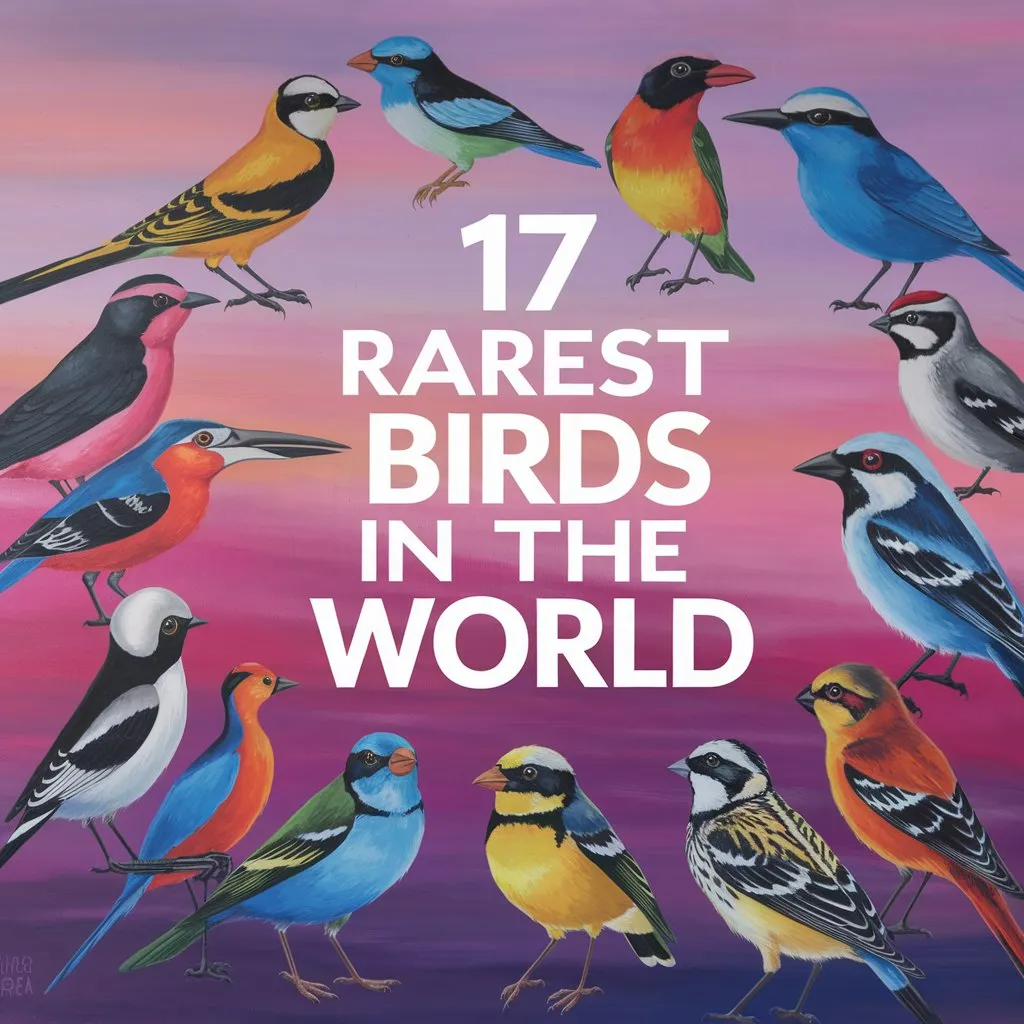Top 17 Rarest Birds in the World: Most Endangered Avian Species
Birds captivate us with their beauty, songs, and ability to soar through the skies. Yet many avian species face the threat of extinction due to human activities and environmental changes. This article explores 17 of the rarest and most critically endangered birds in the world today.
The world of rare birds is a testament to the delicate balance of nature. These species, teetering on the edge of extinction, serve as powerful indicators of environmental health.
Their plight highlights the interconnectedness of ecosystems and the far-reaching impacts of human activity.
As we delve into the stories of these rare avian wonders, we’re reminded of the urgent need for conservation efforts and the responsibility we bear in protecting Earth’s biodiversity.
Quick Overview
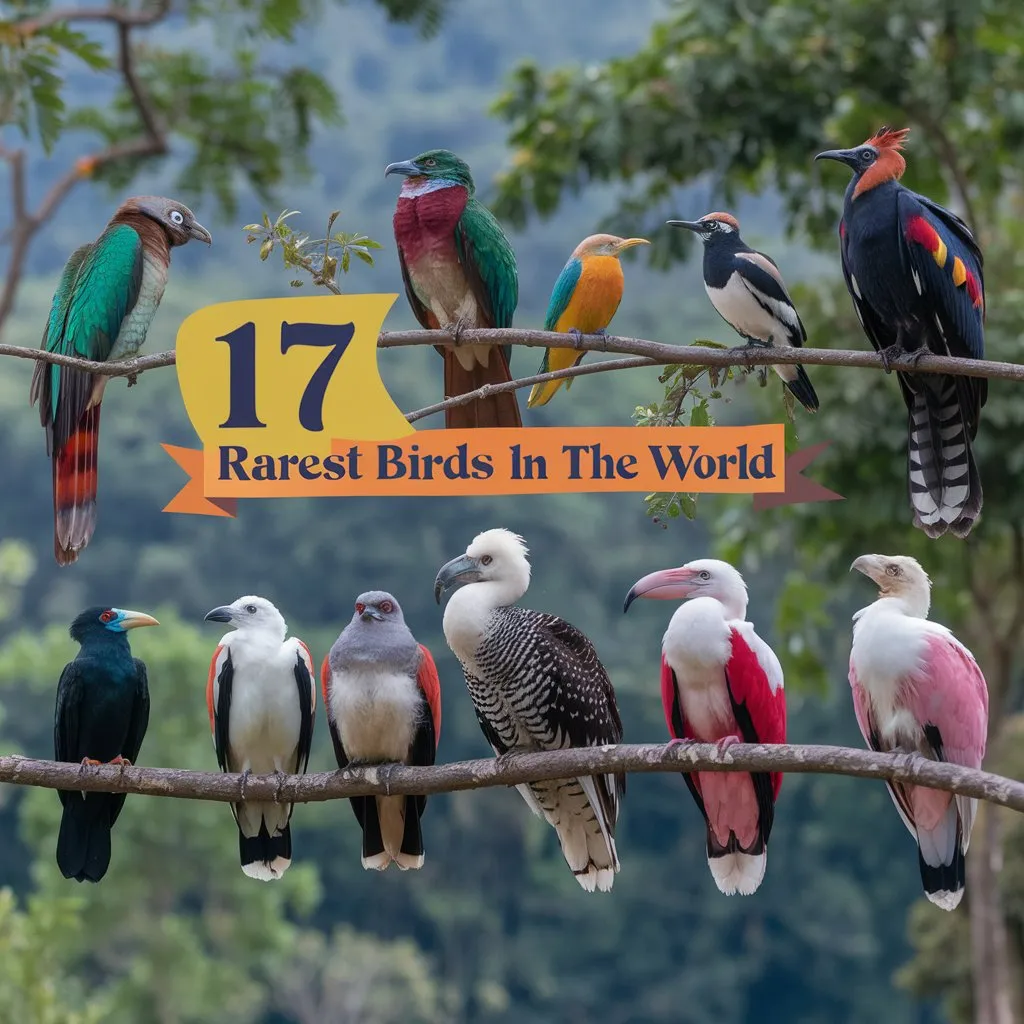
- The California Condor is North America’s largest land bird with only about 500 individuals left
- The Kakapo is the world’s only flightless parrot, with fewer than 250 remaining
- The Spix’s Macaw was declared extinct in the wild in 2019 but is being reintroduced
- The Philippine Eagle has fewer than 400 breeding pairs left due to deforestation
- The Night Parrot of Australia was thought extinct for over 100 years before rediscovery
- Conservation efforts are critical for protecting these rare birds from extinction
- Habitat loss and human activities are major threats to many endangered bird species
- Several species like the Guam Kingfisher and Socorro Dove only exist in captivity now
- Reintroduction programs aim to restore some extinct-in-the-wild birds to their native habitats

1. California Condor
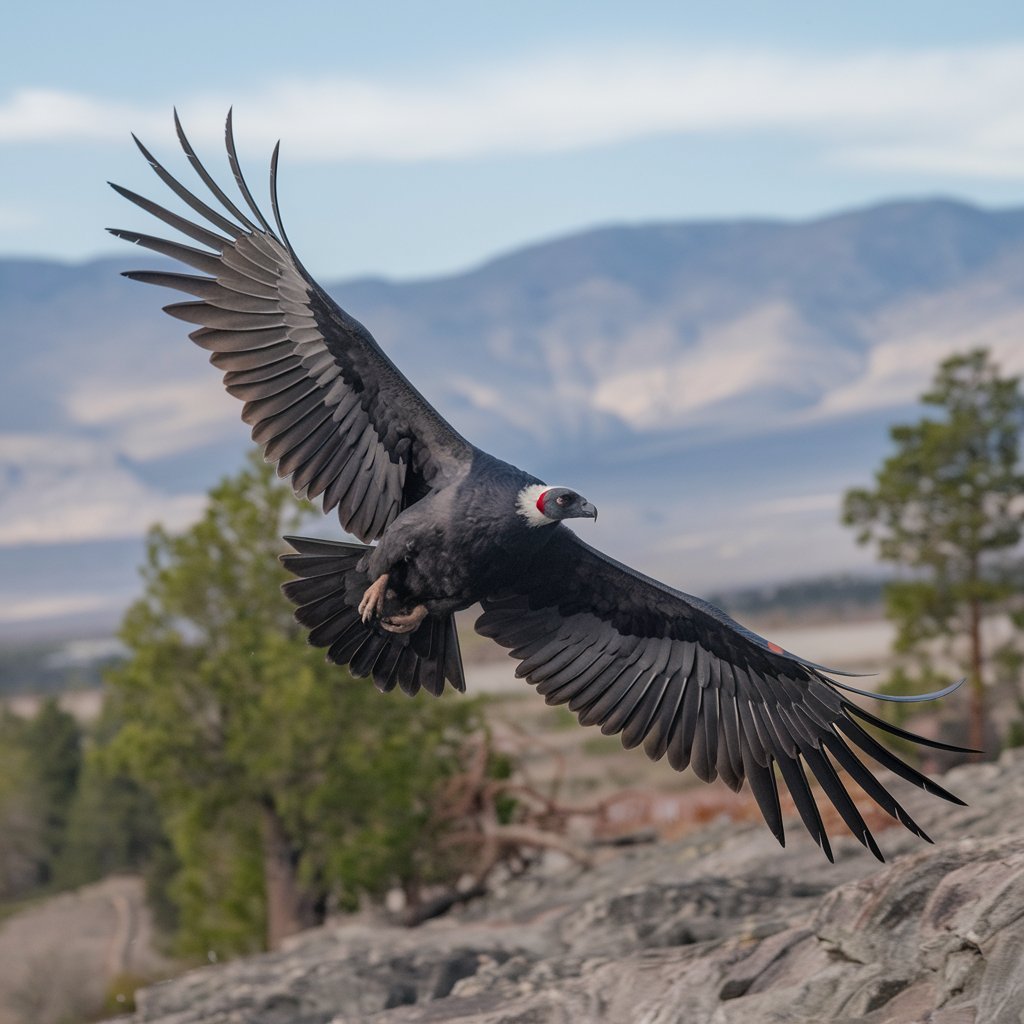
The California Condor is North America’s largest land bird, with a wingspan reaching nearly 10 feet. Once on the brink of extinction, conservation efforts have helped increase their population from just 22 individuals in 1982 to over 500 today.
These massive birds play a vital role in their ecosystems as scavengers. However, threats like lead poisoning from ammunition in animal carcasses continue to endanger their recovery.
The California Condor’s story is a powerful testament to the potential of conservation efforts. Its near-extinction and subsequent recovery highlight the critical role of human intervention in preserving endangered species.
The condor’s plight also underscores the unintended consequences of human activities, such as the use of lead ammunition, on wildlife populations. As these birds continue to recover, they serve as a living symbol of both the fragility and resilience of nature.
2. Kakapo
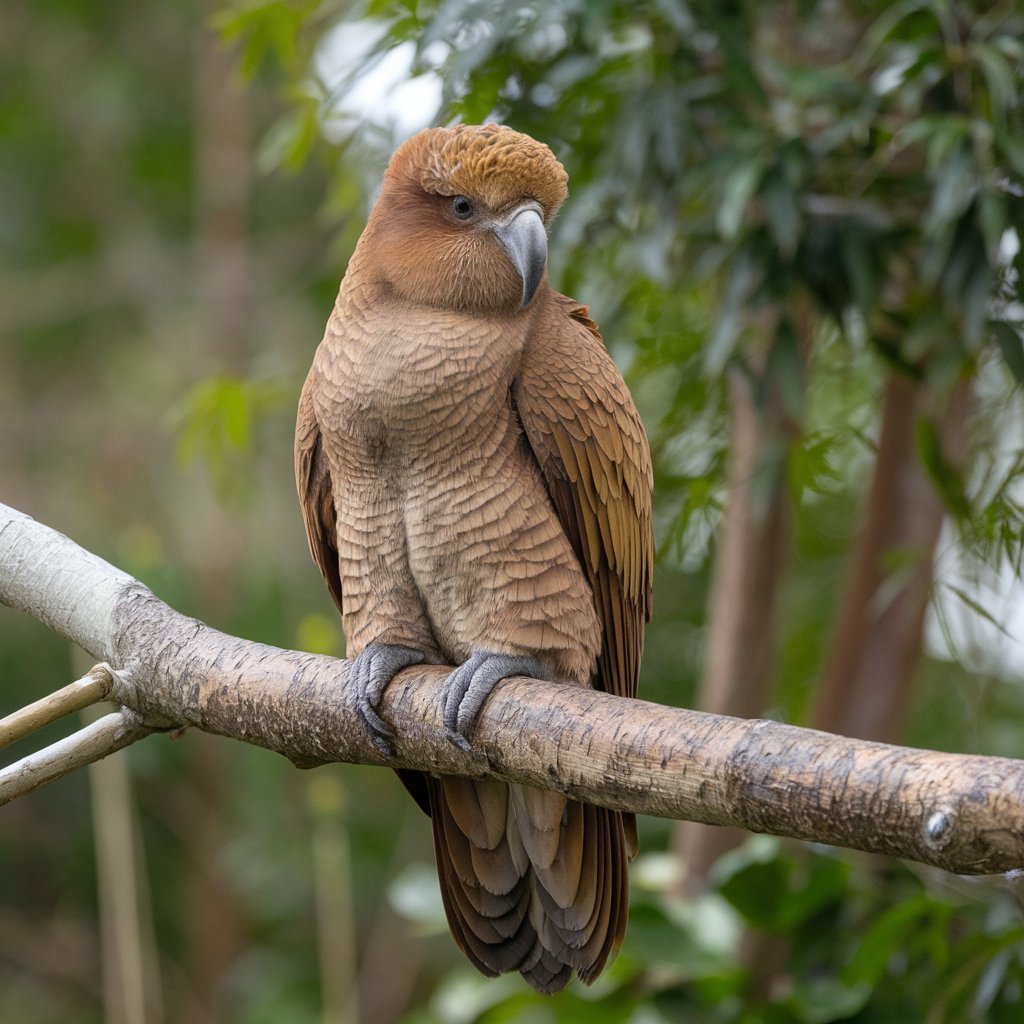
The Kakapo is a critically endangered parrot native to New Zealand. As the world’s only flightless parrot, it has a distinctive owl-like face and green mottled plumage.
Kakapos are nocturnal and have an extremely low reproductive rate. Intensive conservation management has helped boost their numbers from a low of about 50 birds in the 1990s to around 200 individuals today. Predator-free island sanctuaries provide safe havens for these unique birds.
The Kakapo’s unique characteristics make it a true marvel of evolution. Its nocturnal lifestyle and moss-like plumage are perfectly adapted to its native forest habitat. The bird’s gentle nature and curious personality have endeared it to conservationists and the public alike.
However, these same traits make it vulnerable to predators, highlighting the delicate balance required in its protection and the innovative approaches needed in conservation efforts.
3. Spix’s Macaw
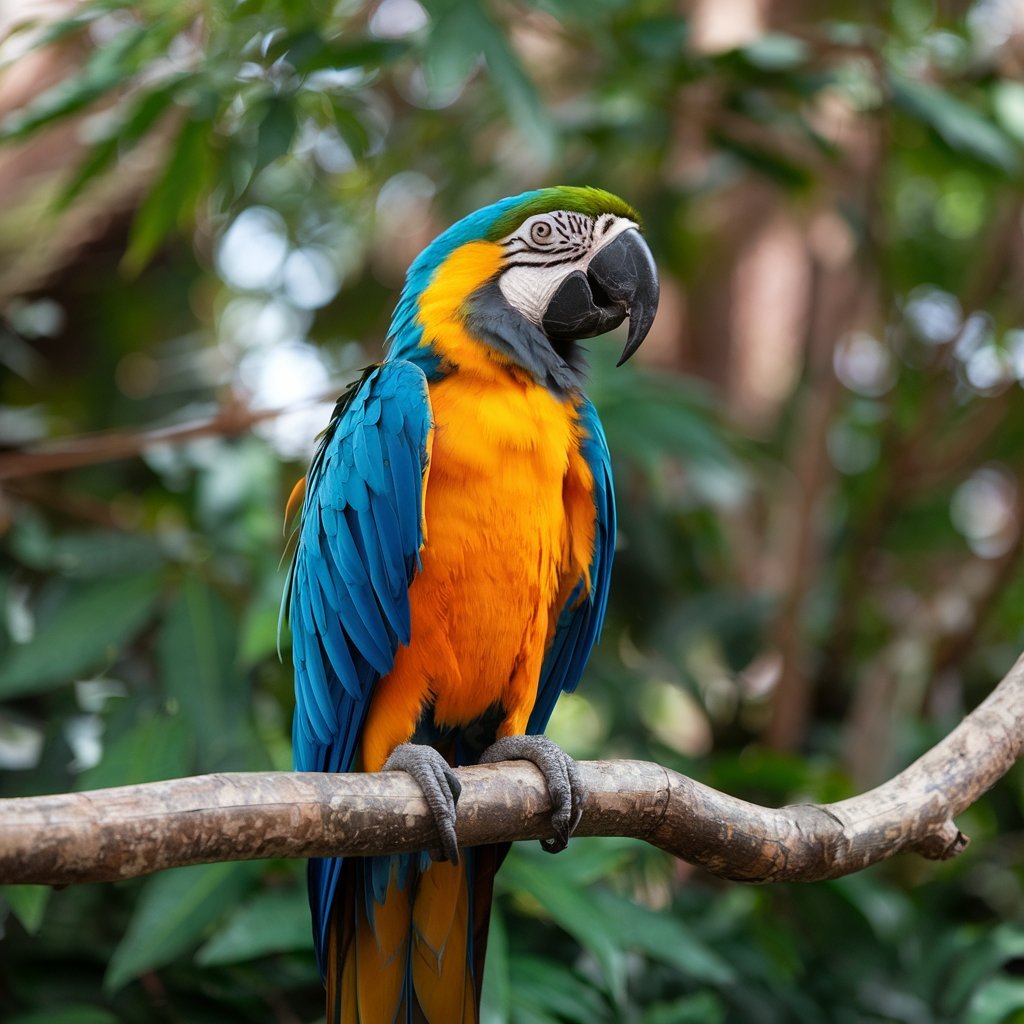
The vibrant blue Spix’s Macaw was declared extinct in the wild in 2019 due to habitat loss and illegal trapping for the pet trade. Native to Brazil, this species is also known as the Little Blue Macaw.
A captive breeding program aims to save the species, with about 160 Spix’s Macaws in captivity. Recent reintroduction efforts have seen the first Spix’s Macaws born in the wild in over 20 years, offering hope for this critically endangered bird.
The Spix’s Macaw’s journey from extinction in the wild to potential reintroduction is a remarkable conservation story. It highlights the complex challenges of preserving species whose habitats have been severely compromised.
The bird’s striking appearance made it a target for the illegal pet trade, demonstrating how human desire for exotic pets can drive species to the brink. The ongoing reintroduction efforts serve as a crucial experiment in whether we can truly reverse extinction and restore lost biodiversity.
4. Philippine Eagle
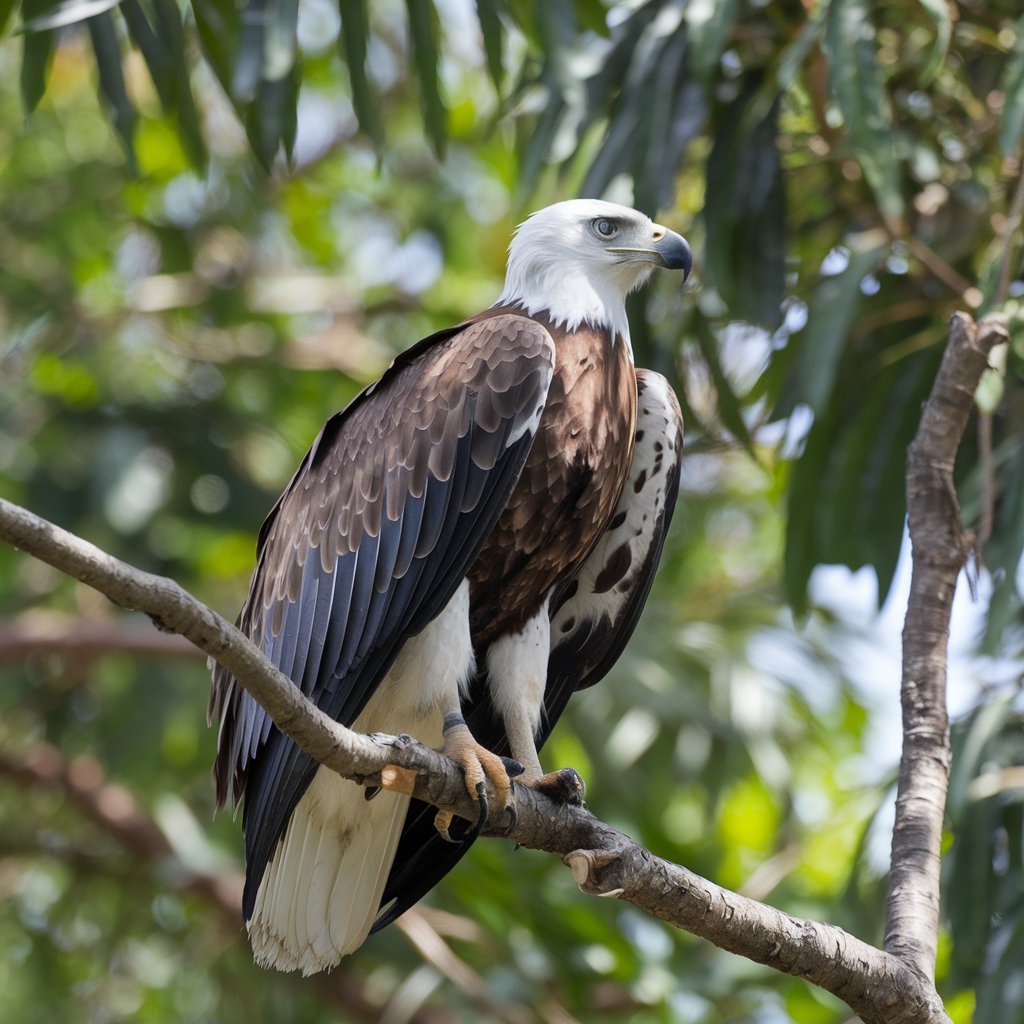
The Philippine Eagle is one of the largest and most powerful birds of prey in the world. With a wingspan up to 7 feet, it is also known as the Monkey-eating Eagle. Deforestation has severely impacted its habitat, leaving fewer than 400 breeding pairs in the wild.
As the national bird of the Philippines, it faces threats from hunting and pollution in addition to habitat loss. Conservation efforts focus on protecting remaining forest areas and raising awareness about this majestic raptor.
The Philippine Eagle’s role in its ecosystem extends beyond its status as a top predator. As an umbrella species, its protection indirectly safeguards countless other plants and animals sharing its habitat.
The eagle’s cultural significance to the Filipino people adds another layer of importance to its conservation. Efforts to protect this majestic bird thus have far-reaching impacts on both ecological and cultural preservation.
5. Night Parrot

Australia’s Night Parrot is one of the most elusive birds in the world. Thought to be extinct for over 100 years, it was rediscovered in 2013.
This nocturnal, ground-dwelling parrot has muted green and yellow plumage that helps it blend into its arid grassland habitat. Very little is known about its behavior and ecology due to its rarity.
Recent discoveries of Night Parrot populations offer hope for its conservation, but it remains critically endangered with an estimated population of fewer than 250 mature individuals.
The Night Parrot’s rediscovery was a momentous event in the world of ornithology. Its ability to evade detection for so long speaks to both its remarkable adaptations and the vastness of Australia’s outback.
The bird’s nocturnal and secretive nature presents unique challenges for researchers and conservationists.
Ongoing efforts to study and protect the Night Parrot are shedding new light on the hidden biodiversity of arid ecosystems and the importance of preserving even seemingly barren landscapes.
6. Alagoas Curassow

The Alagoas Curassow is a large, ground-dwelling bird native to Brazil’s Atlantic Forest. It has glossy black plumage, a distinctive curly crest, and bright orange-red legs. Declared extinct in the wild in the late 20th century, it survives only through a captive breeding program.
Recent reintroduction efforts have released several pairs back into protected areas of their native habitat. With fewer than 130 individuals left, intensive conservation measures are crucial for this critically endangered species.
The Alagoas Curassow’s story is a poignant reminder of the fragility of island ecosystems. Its near-extinction highlights the cascading effects that habitat destruction can have on specialized species.
The bird’s reintroduction efforts serve as a living laboratory for conservationists, providing valuable insights into the challenges and potential successes of bringing a species back from the brink.
7. Guam Kingfisher
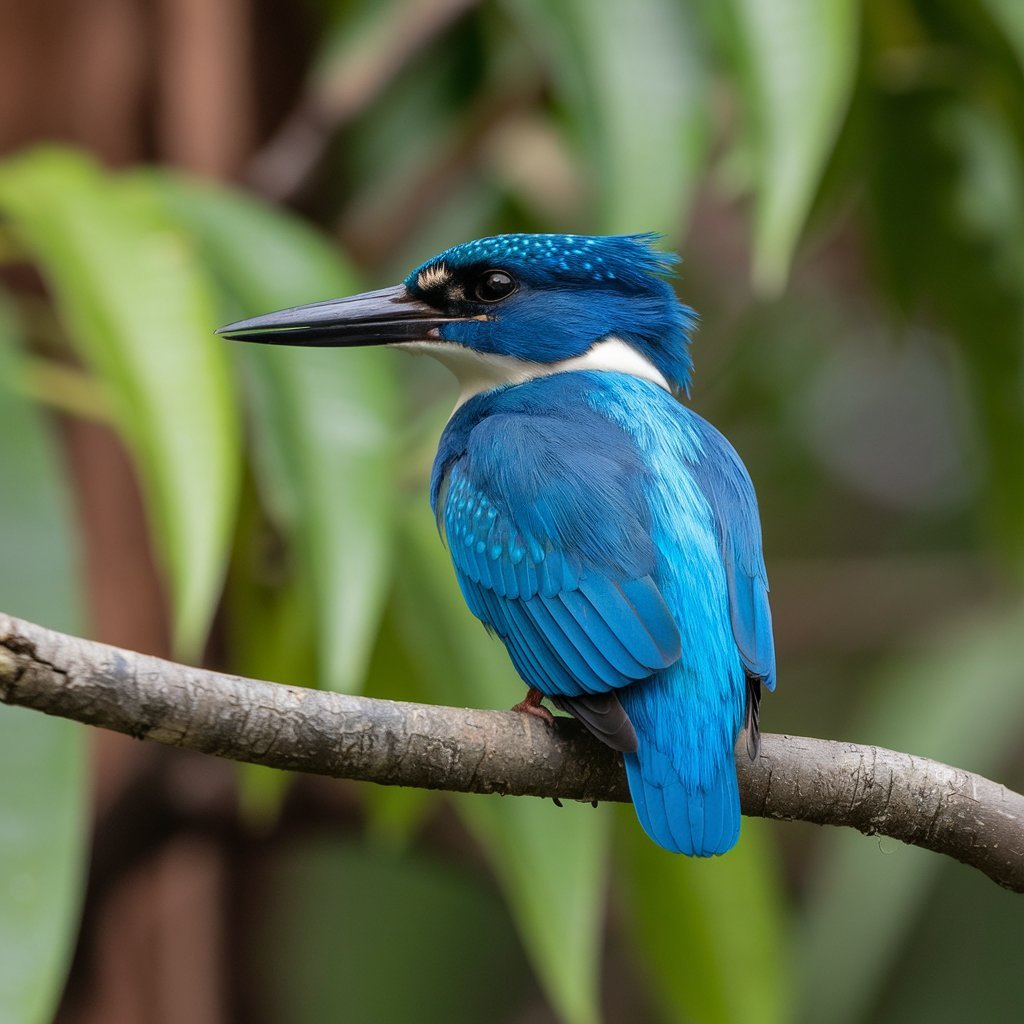
The Guam Kingfisher, known as Sihek in the Chamorro language, is extinct in the wild due to predation by the introduced brown tree snake. This striking bird has a cinnamon-colored head and chest, with iridescent blue backs.
A captive breeding program maintains a population of around 150 individuals. Plans are underway to reintroduce the Guam Kingfisher to predator-free islands, offering hope for its eventual return to the wild.
The Guam Kingfisher’s plight illustrates the devastating impact that invasive species can have on island ecosystems. Its extinction in the wild serves as a stark warning about the unintended consequences of human-mediated species introductions.
The ongoing efforts to reintroduce the kingfisher highlight the complex challenges of restoring ecological balance to disturbed ecosystems. This bird’s story emphasizes the need for stringent biosecurity measures to protect vulnerable island habitats.
8. Bali Myna
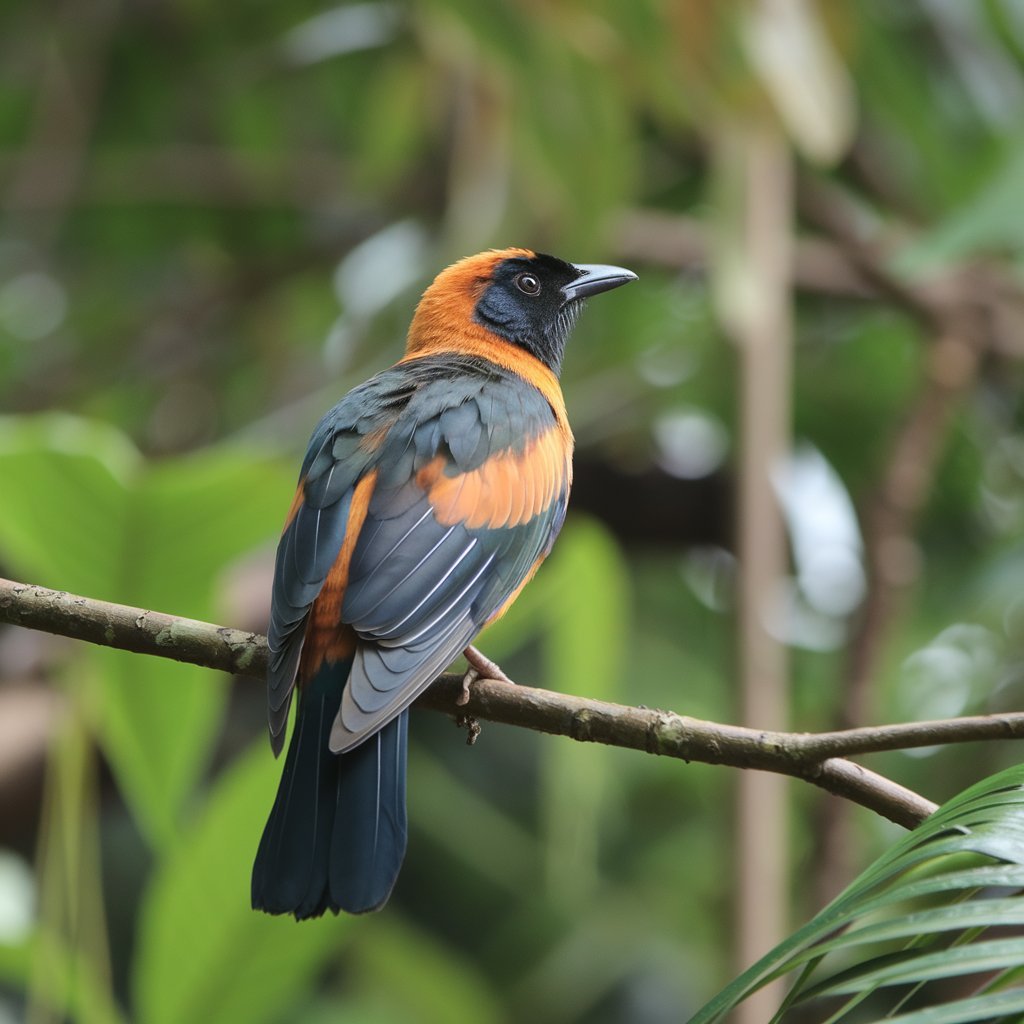
The Bali Myna is a critically endangered bird endemic to the Indonesian island of Bali. Known for its striking white plumage and blue facial skin, it is Bali’s only endemic vertebrate species.
Illegal trapping for the pet trade has devastated wild populations, with fewer than 50 mature individuals estimated to remain in the wild as of 2020. Captive breeding programs and protected areas aim to boost numbers of this beautiful bird, also known as the Rothschild’s Mynah.
The Bali Myna’s striking appearance has unfortunately contributed to its decline, making it a prime target for the illegal pet trade.
Its plight underscores the complex interplay between human desires and wildlife conservation. Efforts to protect the Bali Myna not only focus on increasing its population but also on changing human behaviors and perceptions about wildlife ownership.
9. Socorro Dove

The Socorro Dove is extinct in the wild, having disappeared from its native Socorro Island off the coast of Mexico by 1972. Introduced species like cats and sheep led to its decline through predation and habitat destruction.
About 200 individuals survive in captivity, and conservationists hope to eventually reintroduce the species to its native island once threats are mitigated. The Socorro Dove serves as an important reminder of the impact of invasive species on island ecosystems.
The Socorro Dove’s extinction in the wild highlights the vulnerability of island species to introduced predators and habitat changes. Its story underscores the importance of biosecurity in protecting unique island ecosystems.
The ongoing captive breeding efforts and plans for reintroduction represent a glimmer of hope for restoring this species to its native habitat. The dove’s plight serves as a cautionary tale about the long-lasting impacts of human activities on isolated ecosystems.
10. Hawaiian Crow (ʻAlalā)

The Hawaiian Crow, or ʻAlalā, has been extinct in the wild since 2002. This intelligent bird played a crucial role in Hawaiian forest ecosystems as a seed disperser. Captive breeding programs have increased its population to over 100 individuals.
Reintroduction efforts faced challenges from predation by Hawaiian hawks, but conservationists continue to work towards establishing a wild population. The ʻAlalā’s story highlights the complex challenges of restoring extinct-in-the-wild species.
The ʻAlalā’s cultural significance to Native Hawaiians adds another dimension to its conservation story. This intelligent bird features prominently in Hawaiian mythology and traditional practices.
Its potential return to the wild represents not just an ecological restoration but also a cultural revival, highlighting the deep connections between indigenous cultures and their native wildlife.
11. Stresemann’s Bristlefront
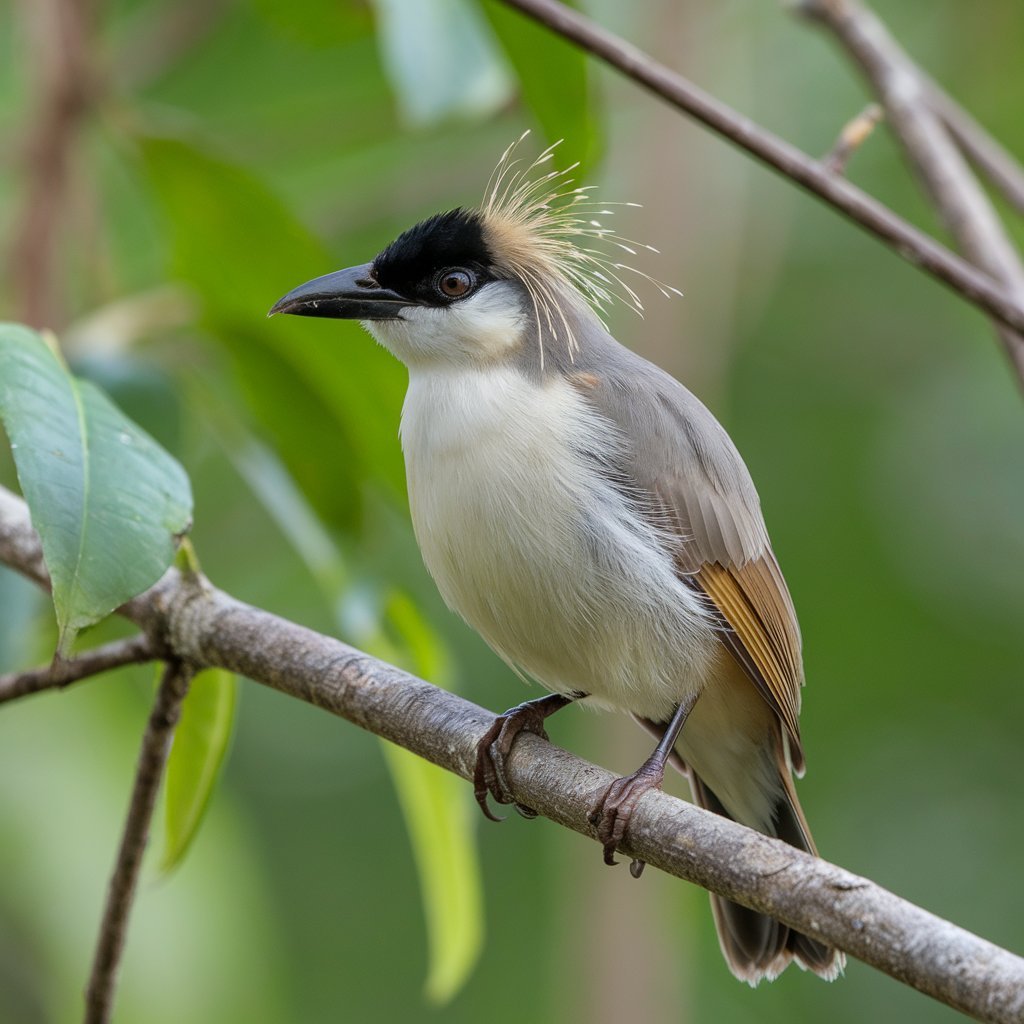
The Stresemann’s Bristlefront is a critically endangered songbird endemic to Brazil’s Atlantic Forest. Known for the distinctive bristly tuft of feathers on its forehead, this species has an estimated population of fewer than 15 individuals.
Habitat fragmentation poses a severe threat to its survival. Intensive surveys and habitat protection are crucial for preserving this extremely rare bird.
The Stresemann’s Bristlefront’s rarity makes it one of the most endangered birds in the world. Its precarious situation highlights the devastating effects of habitat fragmentation on specialized species.
The bird’s unique appearance and vocalizations make it a fascinating subject for ornithologists, but its extreme rarity poses significant challenges for research and conservation.
Efforts to protect the Stresemann’s Bristlefront focus on preserving and restoring its remaining habitat, emphasizing the importance of intact forest ecosystems.
12. Madagascar Pochard

The Madagascar Pochard is a diving duck native to Madagascar that was thought extinct until its rediscovery in 2006. Habitat loss and introduction of invasive fish species led to its near-extinction.
A captive breeding program has successfully increased its numbers, and in 2018, 21 pochards were released onto Lake Sofia in northern Madagascar. This reintroduction marks a significant step in saving this critically endangered species.
The Madagascar Pochard’s rediscovery and subsequent conservation efforts highlight the importance of thorough ecological surveys.
Even in areas thought to be well-explored, hidden pockets of biodiversity can persist. This story serves as a reminder to conservationists and researchers to remain vigilant and open to the possibility of finding species long thought lost.
13. Spoon-billed Sandpiper
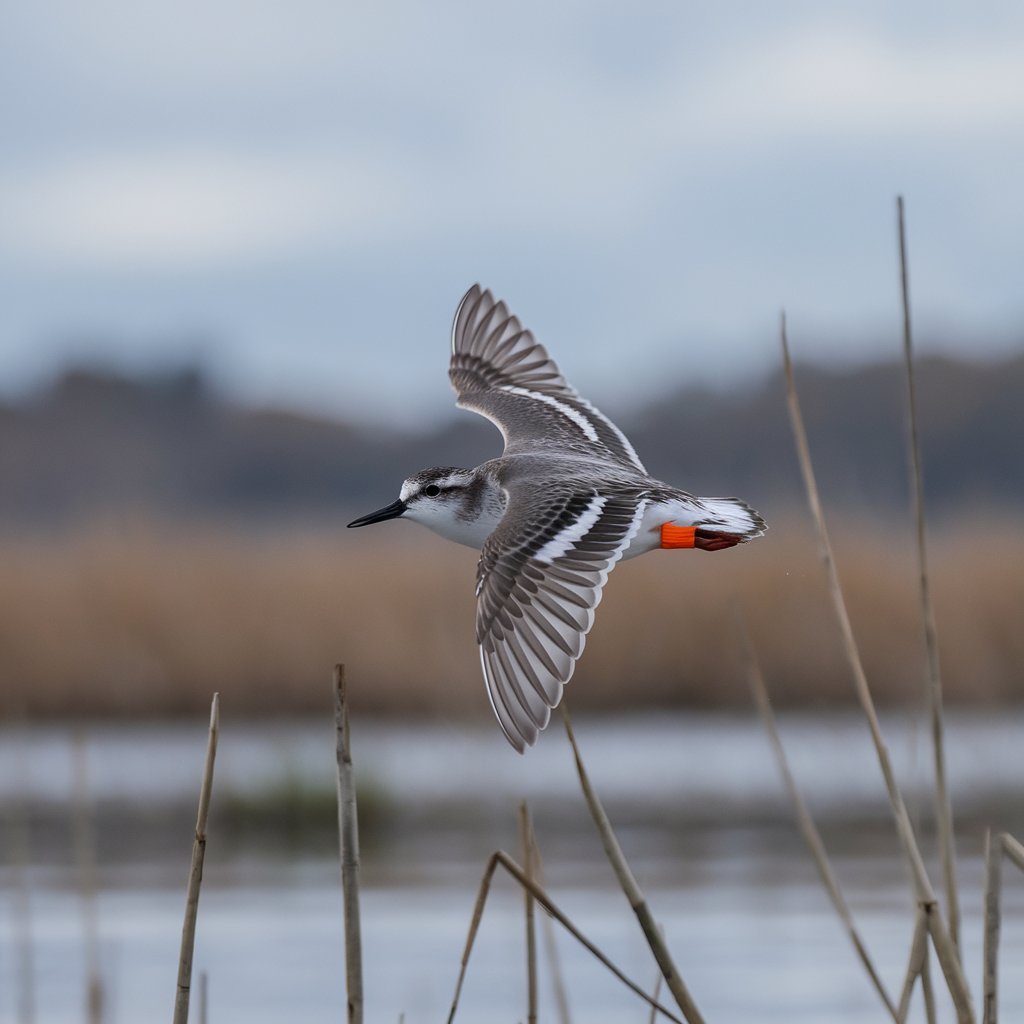
The Spoon-billed Sandpiper is a small wader known for its distinctive spoon-shaped bill. Breeding in northeastern Russia and wintering in Southeast Asia, its population has declined dramatically due to habitat loss along its migratory route.
With possibly fewer than 250 breeding pairs left, international conservation efforts are crucial for protecting this unique shorebird.
The Spoon-billed Sandpiper’s decline highlights the interconnected nature of global ecosystems and the challenges of conserving migratory species. Its unique bill shape makes it a flagship species for shorebird conservation.
International cooperation is essential for protecting the sandpiper’s breeding grounds, stopover sites, and wintering areas along its vast migratory route. The bird’s plight emphasizes the need for coordinated conservation efforts across multiple countries and habitats.
14. Orange-bellied Parrot
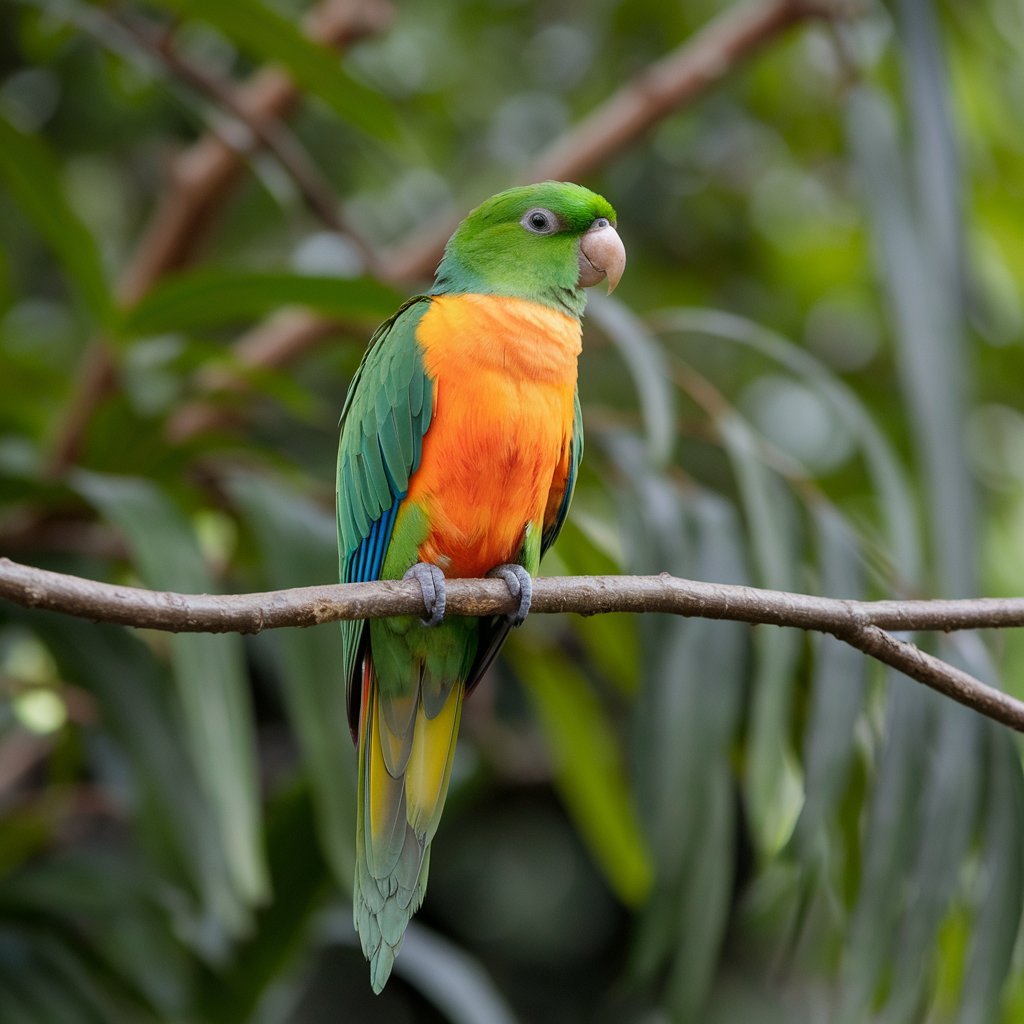
The Orange-bellied Parrot is one of Australia’s most threatened birds. This small parrot breeds in Tasmania and migrates to mainland Australia for winter.
Habitat loss and fragmentation have reduced its wild population to fewer than 50 adults. Captive breeding programs aim to boost numbers, but the species faces a high risk of extinction without intensive conservation measures.
The Orange-bellied Parrot’s migratory nature adds complexity to its conservation. Protecting this species requires coordinated efforts across multiple regions and habitats.
Its journey showcases the interconnectedness of ecosystems and the need for international cooperation in wildlife conservation. The parrot’s plight also highlights the challenges faced by migratory species in an increasingly fragmented landscape.
15. Cherry-throated Tanager
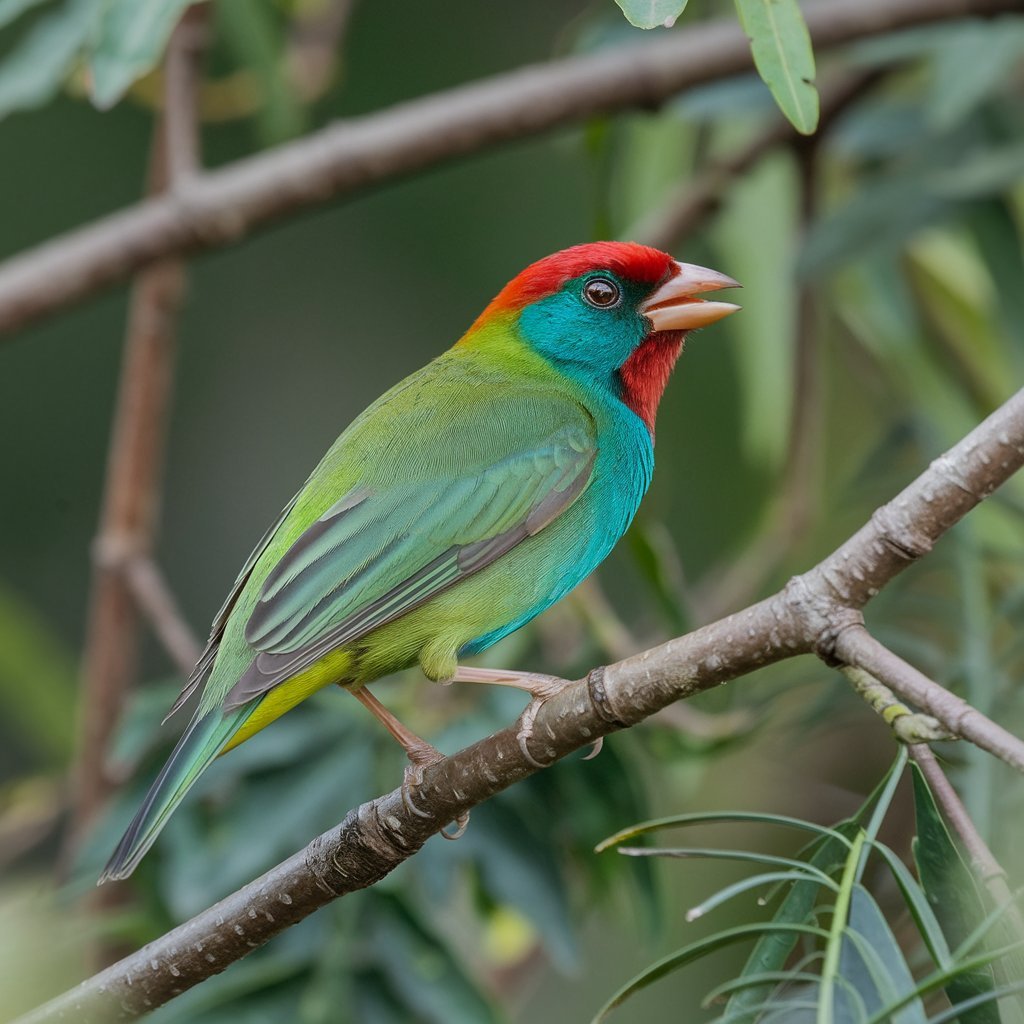
The Cherry-throated Tanager is a critically endangered bird native to Brazil’s Atlantic Forest. After its description in 1870, it went unrecorded for over a century before being rediscovered in 1998.
With an estimated population of fewer than 50 individuals, it faces severe threats from habitat destruction. Its striking appearance, with a grey back, black mask, and bright red throat, makes it a beautiful yet rarely seen bird.
The Cherry-throated Tanager’s rediscovery after more than a century highlights the persistence of biodiversity in remnant forest patches. Its extreme rarity underscores the importance of preserving even small areas of habitat.
The tanager’s striking plumage makes it a potential flagship species for Atlantic Forest conservation, while its elusiveness presents significant challenges for research and monitoring efforts.
16. Fatu Hiva Monarch

The Fatu Hiva Monarch is a critically endangered flycatcher endemic to the island of Fatu Hiva in French Polynesia. Adults have glossy purplish-black plumage and grow to about 7.5 inches long.
Introduced predators like rats and cats have caused a dramatic population decline, with possibly fewer than 50 birds remaining. Conservation efforts focus on predator control and habitat protection to save this island species from extinction.
The Fatu Hiva Monarch’s story is emblematic of the challenges faced by island endemics worldwide. Its extreme rarity highlights the vulnerability of species with limited geographic ranges.
Conservation efforts for this bird not only aim to increase its population but also to restore the delicate ecological balance of its island home, demonstrating the holistic approach needed in modern conservation practices.
17. Ivory-billed Woodpecker
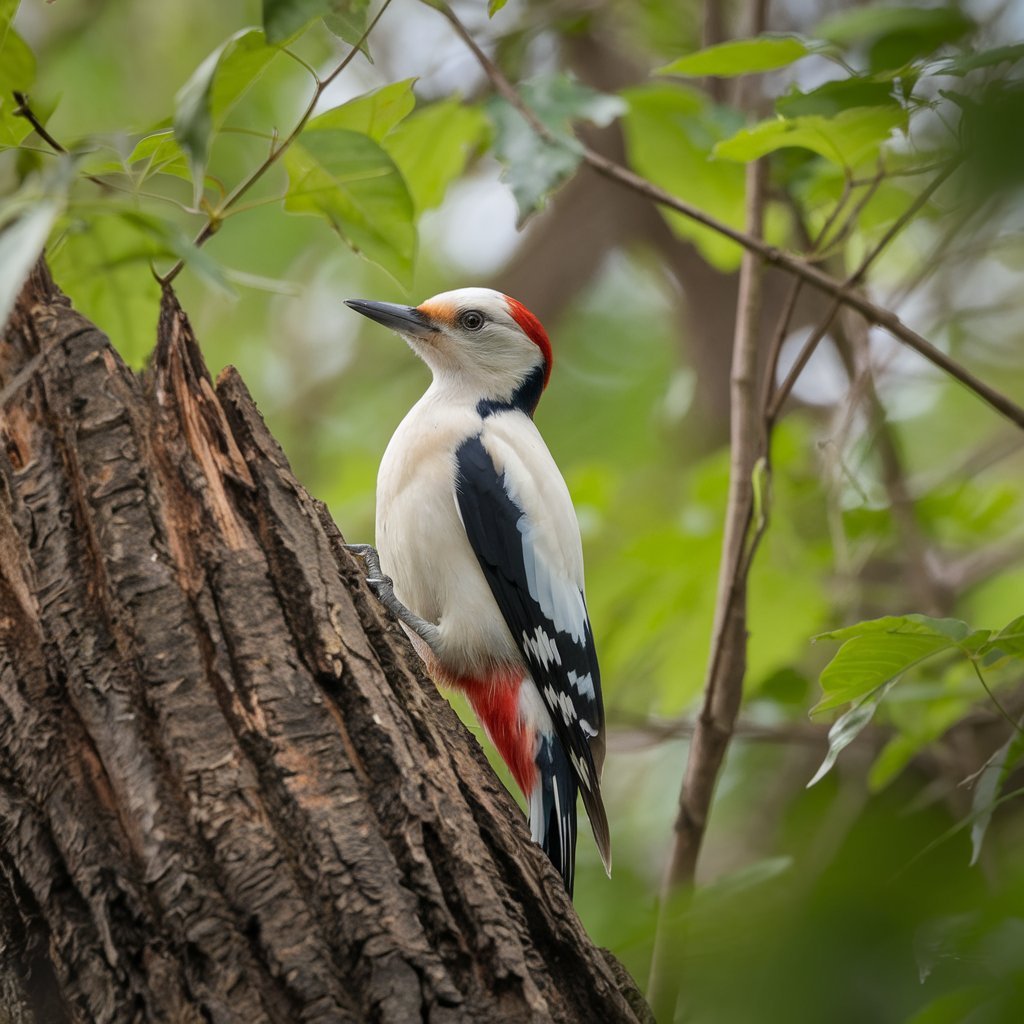
The Ivory-billed Woodpecker was once widespread in the southeastern United States but is now considered critically endangered or possibly extinct.
No conclusive evidence of its existence has been found since the 1940s, despite occasional reported sightings. Habitat loss and hunting led to its decline. The story of the Ivory-billed Woodpecker serves as a sobering reminder of the importance of habitat conservation for preserving biodiversity.
The Ivory-billed Woodpecker’s story is a poignant reminder of the devastating impacts of habitat loss and overhunting on vulnerable species. Its possible extinction highlights the irreversible consequences of human activities on unique and specialized wildlife.
The ongoing debate about its existence underscores the difficulty of definitively declaring a species extinct, especially for elusive creatures in remote habitats.
Conclusion
These 17 rare bird species represent some of the most critically endangered avian fauna on Earth. Their stories highlight the urgent need for conservation efforts to protect habitats, control invasive species, and mitigate human impacts on ecosystems.
While some species face seemingly insurmountable odds, success stories like the California Condor show that dedicated conservation work can bring species back from the brink of extinction.
FAQs
What is the rarest bird in the world?
The Spix’s Macaw is often considered the rarest bird in the world, as it is extinct in the wild with only about 160 individuals surviving in captivity.
How many California Condors are left in the wild?
As of 2024, there are approximately 500 California Condors, with about half living in the wild and half in captivity.
Why is the Kakapo flightless?
The Kakapo evolved to be flightless due to the lack of mammalian predators in its native New Zealand habitat, allowing it to adapt to a ground-dwelling lifestyle.
What is being done to save the Philippine Eagle?
Conservation efforts for the Philippine Eagle include habitat protection, captive breeding programs, and education initiatives to raise awareness about the species.
Has the Night Parrot ever been photographed?
Yes, the Night Parrot has been photographed in recent years following its rediscovery in 2013, providing valuable information for researchers and conservationists.
Are any of these rare birds kept as pets?
While some of these rare birds have been kept as pets illegally in the past, it is now strictly prohibited to keep them as pets due to their endangered status.
How do conservationists track such rare bird populations?
Conservationists use various methods to track rare bird populations, including field surveys, satellite tracking, acoustic monitoring, and camera traps.
Can extinct-in-the-wild species be successfully reintroduced?
Yes, some extinct-in-the-wild species have been successfully reintroduced, as seen with the California Condor and ongoing efforts with the Spix’s Macaw.
What role do zoos play in conserving these rare birds?
Zoos play a crucial role in conserving rare birds through captive breeding programs, research, and public education about endangered species.
How can individuals help protect rare bird species?
Individuals can help protect rare bird species by supporting conservation organizations, reducing their environmental impact, and raising awareness about endangered species and habitat protection.

Kashvi is a passionate bird enthusiast and nature lover who has been fascinated by the world of birds for years. With a keen eye for detail and a love for learning, Kashvi is dedicated to sharing her knowledge and insights with fellow bird enthusiasts on Avian Enthusiasts. Through her engaging and informative articles, Kashvi aims to inspire others to join her in exploring the fascinating world of birds and to promote a deeper appreciation for these incredible creatures.

